1. Pet Rocks
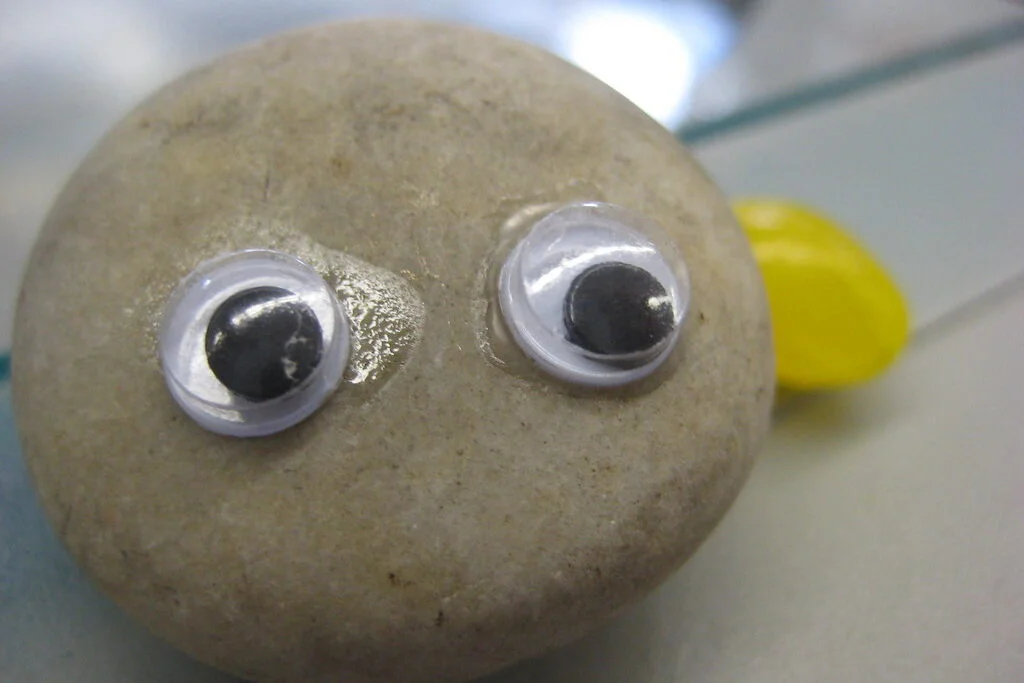
In 1975, parents everywhere found themselves shelling out money for what was literally just a rock. Packaged in a cardboard box with air holes and straw, Pet Rocks came with a tongue-in-cheek training manual that explained how to “teach” your rock tricks like sitting and staying.
Kids thought it was hilarious, but many parents rolled their eyes while still handing over a few bucks to keep their children happy. The fad didn’t last long, but it made its creator a millionaire practically overnight. Looking back, it’s one of those toys that summed up the silliness of the ’70s perfectly.
2. Mood Rings
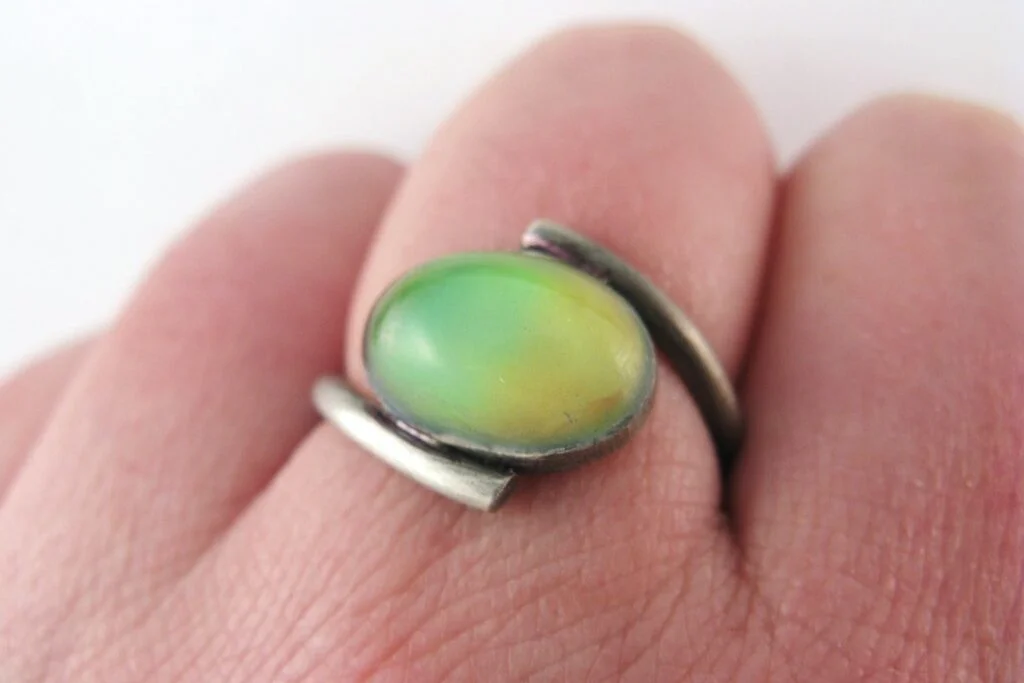
These little trinkets claimed to reveal your emotional state by changing colors based on your body temperature. Every kid in the ’70s had one, convinced that their mood ring really knew if they were happy, sad, or in love.
Parents often ended up buying replacements when their kids’ rings either broke or didn’t match the “right” mood. While the science behind them was a stretch, they were irresistible to kids who wanted a little magic on their fingers. To this day, many remember comparing colors with friends like it was serious business.
3. Clackers
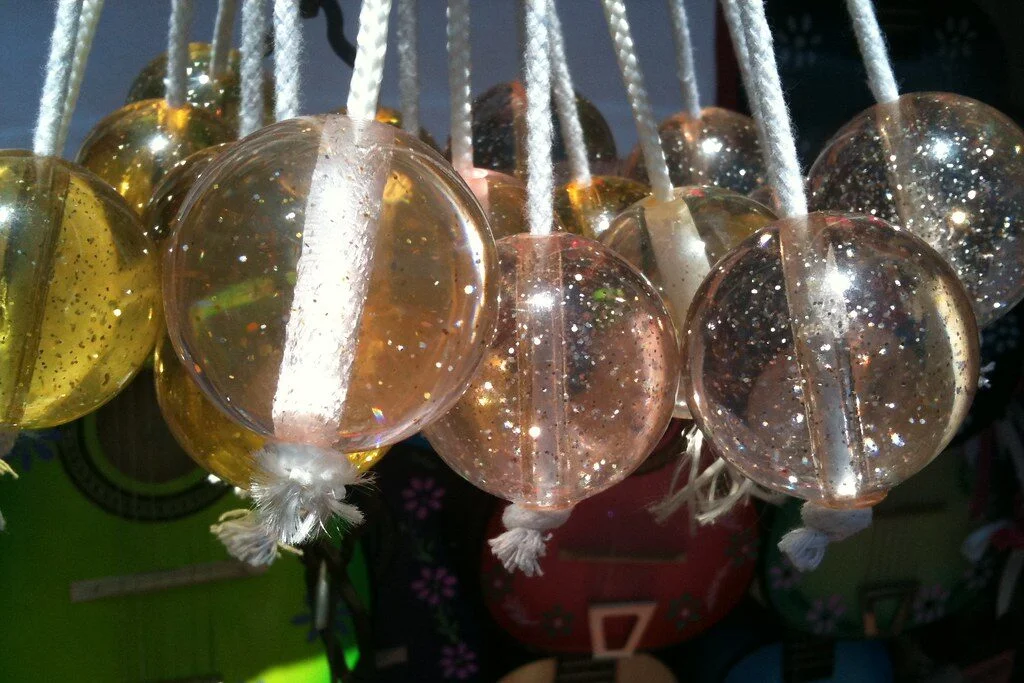
Also known as “knockers” or “click-clacks,” these toys were basically two acrylic balls on a string that kids swung together to make a clacking sound. The louder the clack, the cooler you were—until one of them shattered mid-swing.
Parents quickly realized these toys weren’t just noisy, they were downright dangerous. Hospitals reported injuries from shattered clackers, which led to the fad being banned in some places. Of course, by then nearly every household had already endured the constant clacking.
4. Weebles
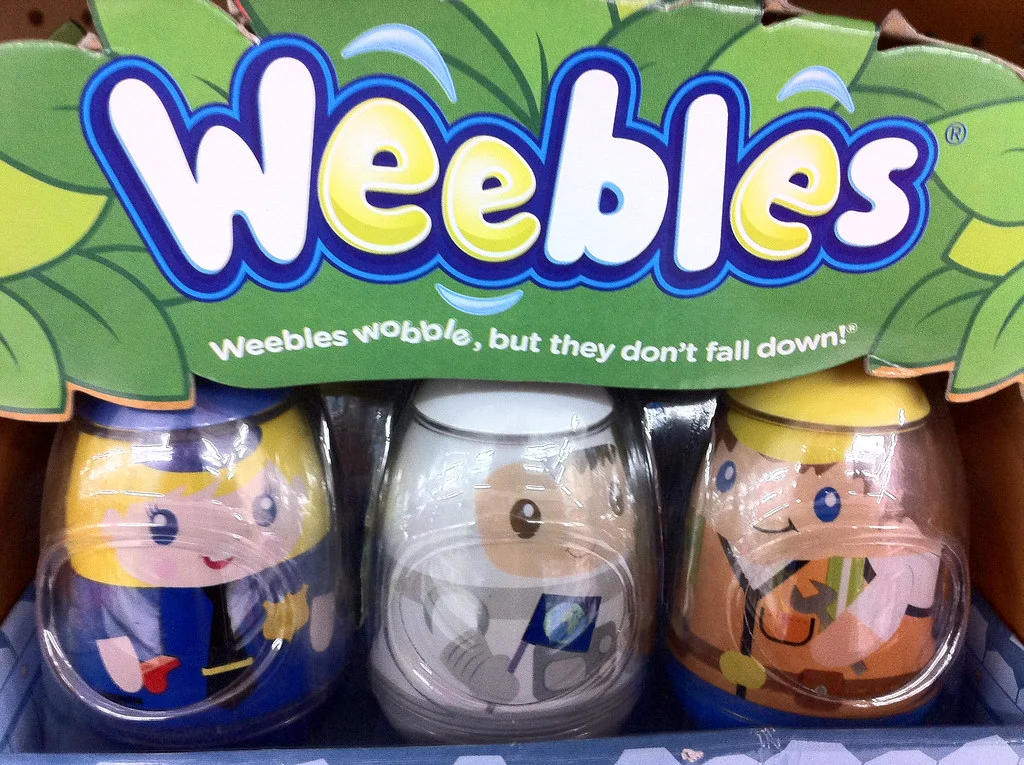
“Weebles wobble, but they don’t fall down” was a slogan every kid and parent could recite. These little egg-shaped figures with weighted bottoms fascinated children who loved to knock them around just to see them bounce back upright.
Parents didn’t mind as much, since Weebles were quieter than other toys of the time and less likely to break furniture. Still, having them scattered around the house was an inevitability. They became a staple of the toy box in many ’70s homes.
5. Wacky Packages

Sticker trading became a mini-obsession thanks to Wacky Packages, which spoofed real-life household products with funny names. Kids loved plastering them on school notebooks, lunchboxes, and bedroom walls.
Parents, on the other hand, were often less thrilled when they found their refrigerators and furniture covered in sticky parodies. Still, they ended up buying pack after pack because it was cheaper than baseball cards and just as collectible. The quirky humor made them unforgettable in ’70s pop culture.
6. Shrinky Dinks
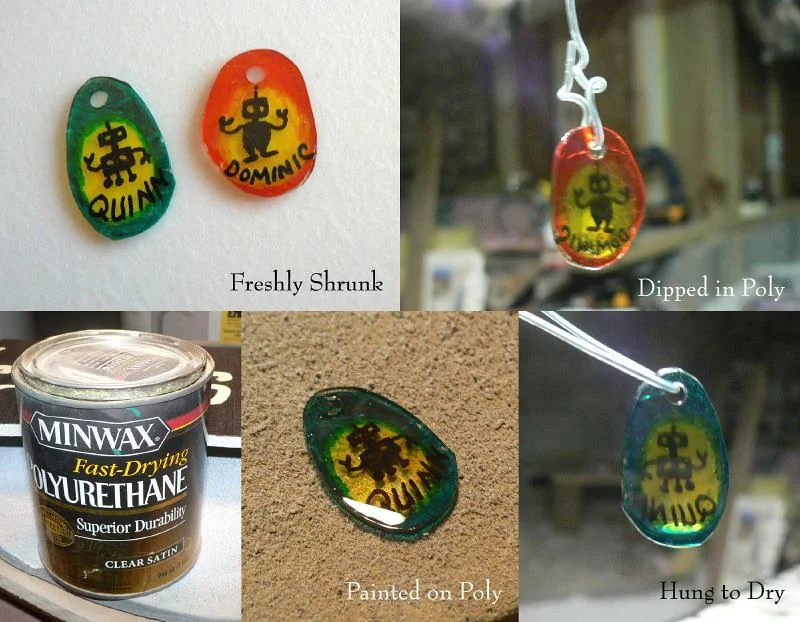
This crafty craze let kids color designs on thin plastic sheets, then shrink them in the oven into hard, miniature trinkets. Watching them curl and shrink before flattening out was like magic, which meant kids begged their parents to keep baking them.
Of course, parents didn’t always love tying up the oven for hours just to make more little plastic charms. Still, Shrinky Dinks gave kids a creative outlet and a sense of accomplishment when they held their finished designs. Many still keep their tiny keychains or ornaments as a nostalgic keepsake.
7. Stretch Armstrong
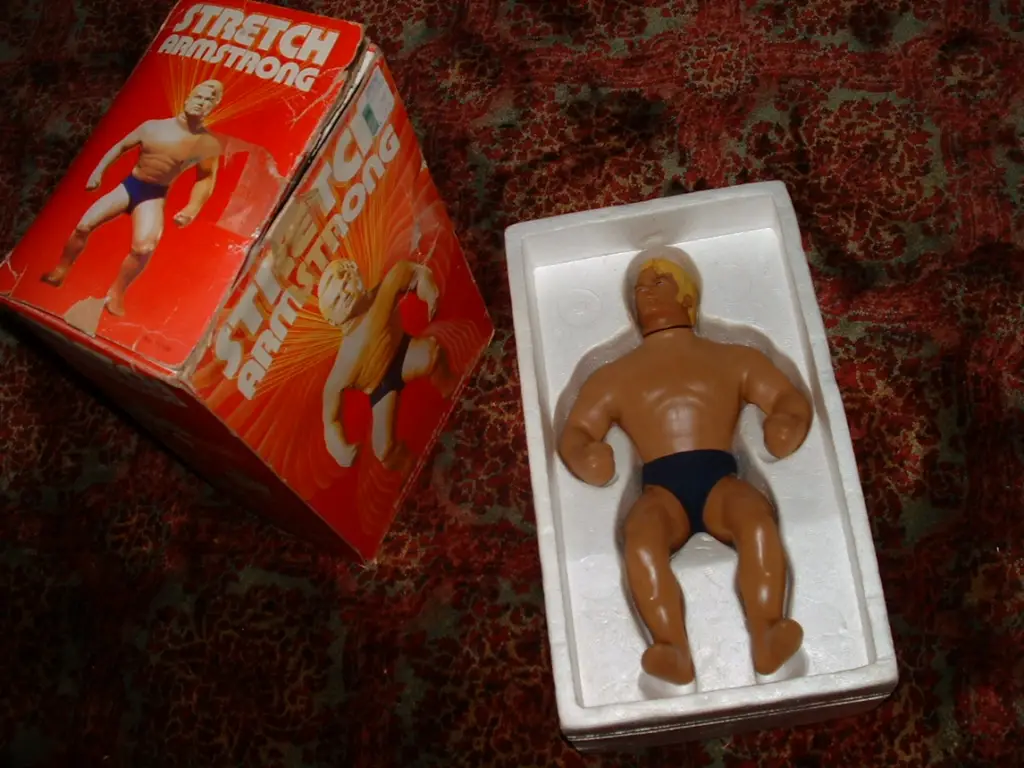
This musclebound action figure could be stretched and pulled in ways that seemed to defy physics. Kids competed to see how far they could tug his limbs, which usually resulted in him being left sprawled across the living room.
Parents grew wary once they discovered that if Stretch tore, he leaked a sticky goo that was almost impossible to clean up. Despite the mess, the toy became a must-have in many households. His uncanny ability to snap back into shape kept him legendary.
8. Sea Monkeys
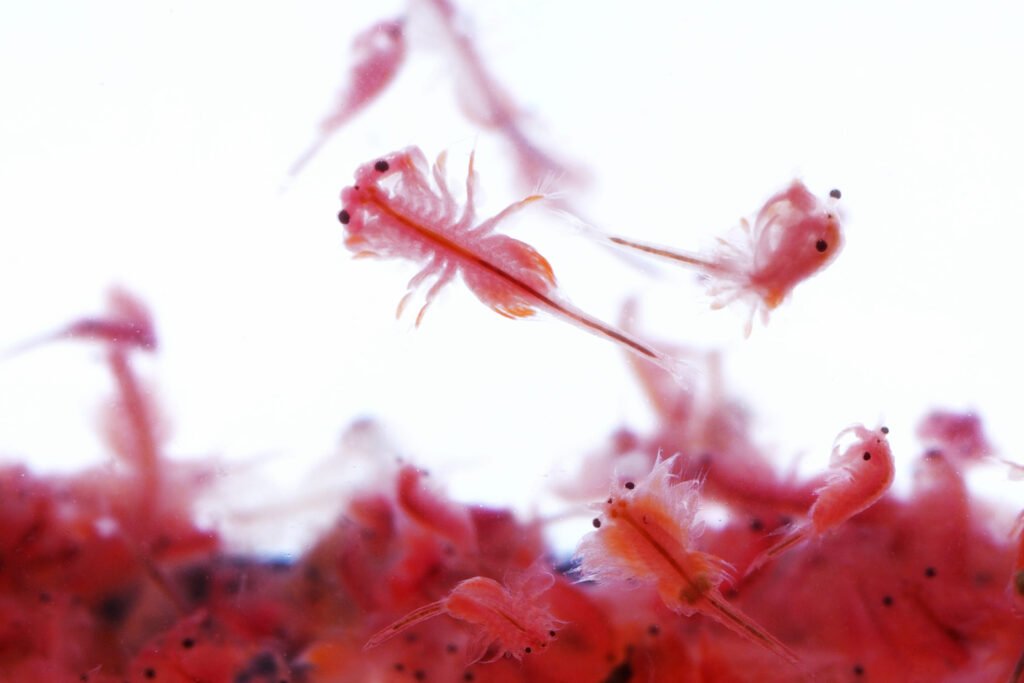
Advertised as “instant pets,” Sea Monkeys were really just brine shrimp that hatched from tiny eggs when mixed with water. The cartoon ads made it look like you’d have a family of smiling, humanoid creatures waving from their aquarium.
When the reality set in, many kids were disappointed, but that didn’t stop parents from buying the kits. Kids still marveled at the tiny creatures swimming around, even if they weren’t exactly as advertised. Sea Monkeys became one of the most classic cases of toy marketing hype versus reality.
9. Lite-Brite
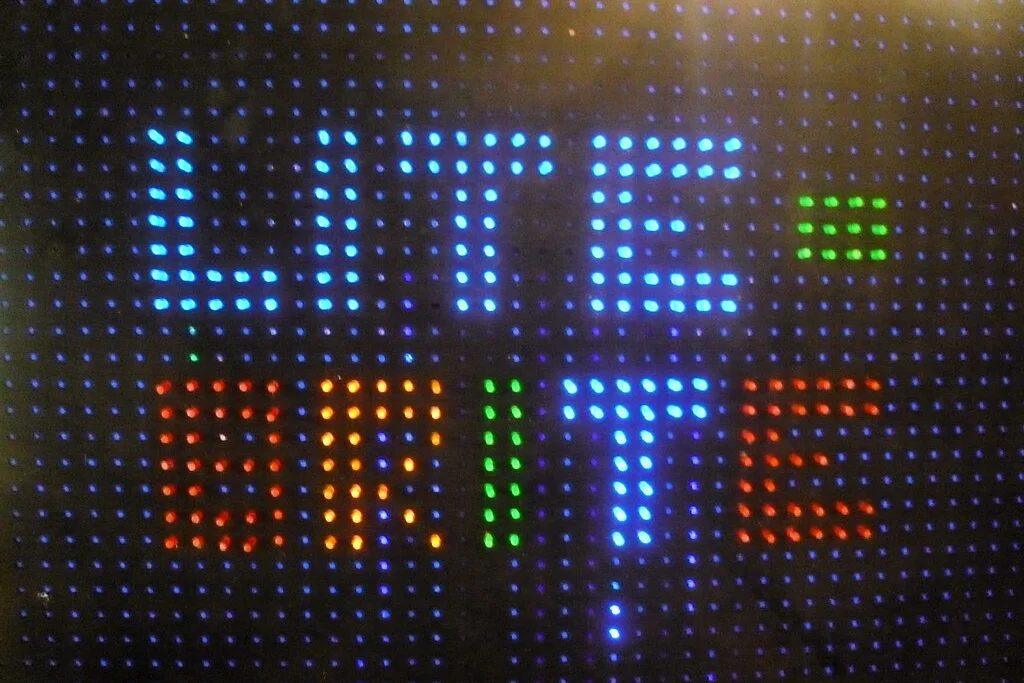
Few toys lit up kids’ imaginations—literally—like Lite-Brite. Using colored plastic pegs and a light bulb, kids could create glowing pictures that felt magical in a darkened room.
Parents had mixed feelings, especially when the tiny pegs ended up scattered all over the floor like Lego landmines. Still, the toy offered quiet playtime and a creative outlet, making it one of the fads they tolerated. The glowing pictures became a hallmark of ’70s childhood bedrooms.
10. Big Wheels

These low-riding plastic tricycles were everywhere in the ’70s. Kids zipped down sidewalks and driveways, skidding and spinning with glee.
Parents often ended up chasing kids around the neighborhood, worried about scraped knees and dented cars. Still, Big Wheels gave kids a sense of freedom, and their bright colors made them hard to miss. They were a staple in suburban driveways for years.
11. Shaggy D.A. Board Game

Based on the Disney movie The Shaggy D.A., this board game was one of the many strange film tie-ins of the decade. Kids loved the idea of turning into a dog mid-game, though the rules weren’t exactly intuitive.
Parents bought it because it tied into a wholesome family film, but it rarely became a favorite on game night. Many versions ended up collecting dust on the shelf. Still, it’s a quirky example of how toy companies capitalized on movie fads.
12. Simon
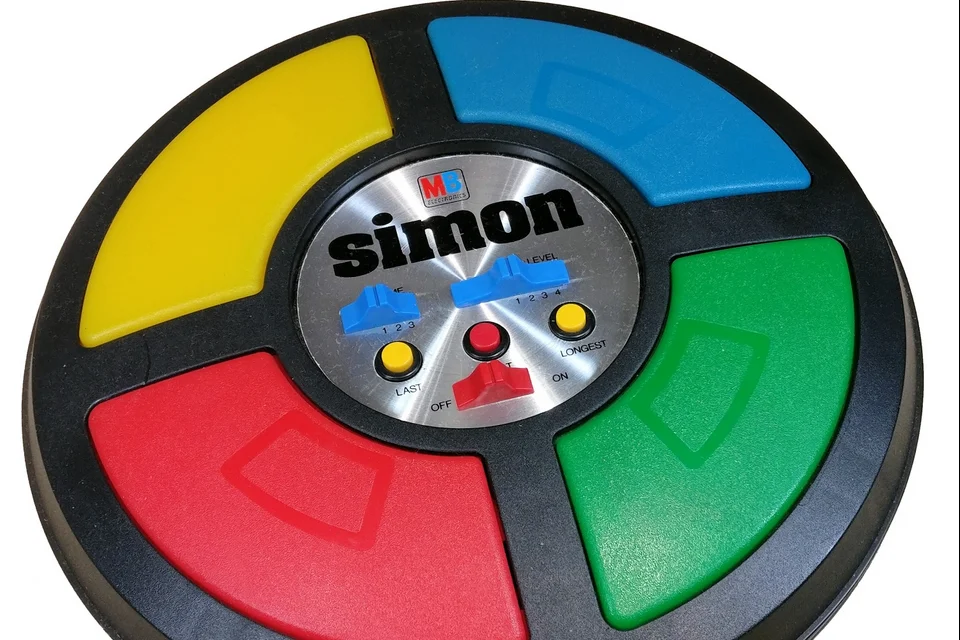
Launched in 1978, Simon was the ultimate test of memory and reflexes. The colorful electronic game beeped patterns that kids had to repeat, which quickly turned into family competitions.
Parents got roped in, too, since it was surprisingly addictive. The flashing lights and tones were hard to ignore, even if they grew annoying after a while. Simon became one of the decade’s most iconic toy crazes.
13. Space Hoppers
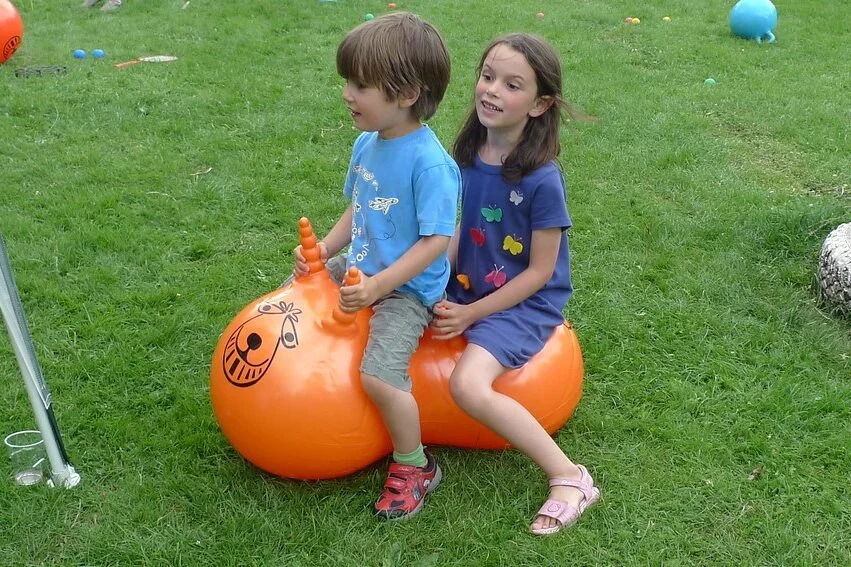
These giant inflatable balls with handles let kids bounce around like kangaroos in the yard. The bright orange design made them instantly recognizable, and kids loved racing each other in the driveway.
Parents weren’t as fond when bouncy kids knocked over lamps or tore through the grass. Still, the toy was a simple source of fun that burned off energy on long summer days. For many, the sight of a child bouncing down the block on a Space Hopper is pure ’70s nostalgia.


